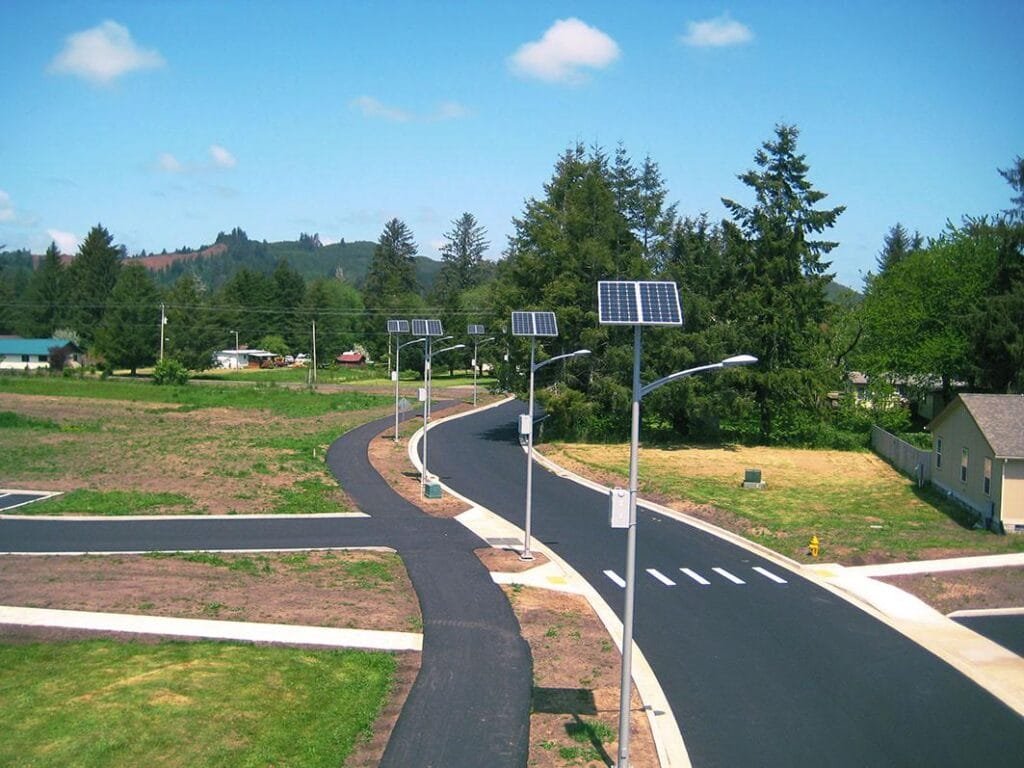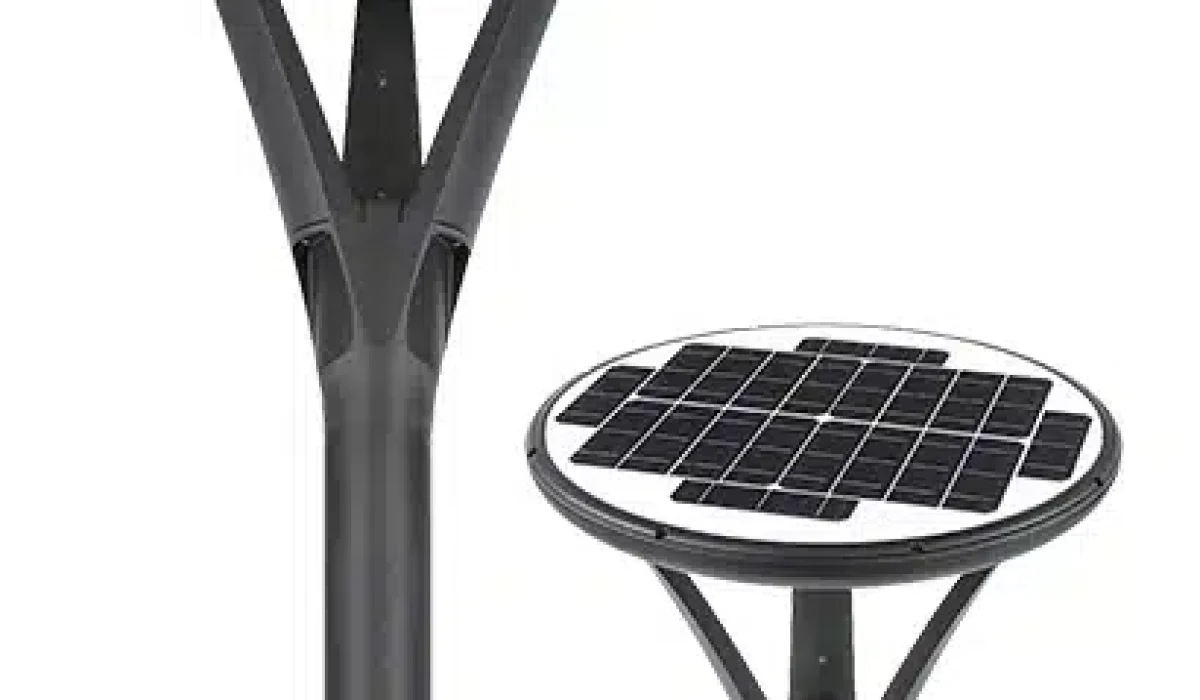I still remember that rainy evening last spring when I stepped into my backyard and saw the faint glow from my newly installed solar garden lights. It felt magical, yet also made me realize how many small details can make or break the lighting effect.
Remote control solar garden lights don’t just light up your yard — they transform it into a welcoming, cozy extension of your home. Over the years, I’ve experimented (and failed!) more times than I’d like to admit, and I want to share the most practical lessons I learned to help you avoid common mistakes.
Why Choose Solar Garden Lights with a Remote Control?
When I first switched to solar lights, I underestimated how much convenience a simple remote control could add.
- Total convenience: I no longer run outside in the rain to switch lights on or off.
- Energy efficiency: Knowing they are solar-powered gives me peace of mind and a lower electric bill.
- Personalized atmosphere: I can adjust lighting to match my mood — whether it’s a quiet evening or a lively family BBQ.
Place Them Where Sunlight Works Hard for You?
[^1]](https://sunlurio.com/wp-content/uploads/2025/04/imagine-prompt-a-park-at-dusk-illuminated-by-sma-1024x512.png)
When I first set up my solar garden lights[^2]s](https://sunlurio.com/the-future-is-bright-embracing-solar-street-lights/)[^1], I placed some near my favorite Japanese maple tree. It looked beautiful during the day but turned into a disaster at night — they barely stayed on for two hours!
Placing solar panels[^3] where they get at least 6–8 hours of direct sunlight[^4] is crucial.
- Avoid shade from branches or walls. Even partial shade can cut efficiency by half.
- Face panels toward the south (or the sunniest direction in your area) for best results.
- In one project, I helped a client reposition their solar panels just a few feet away, and they reported 30% longer lighting[^5] times at night.
| Location | Average Sunlight (hrs) | Performance |
|---|---|---|
| Open lawn | 8+ | ✅ Excellent |
| By tall hedge | 4–5 | ⚠️ Limited |
| Covered patio | 2–3 | ❌ Poor |
A few seasons ago, I noticed birds often perched on my panels, leaving droppings that blocked sunlight. After cleaning them properly, my lights went from dim to dazzling almost overnight. Don’t underestimate regular checks — small details matter.
Make the Most of Your Remote Control Features?
At first, I thought the remote control was a minor extra. But after using it regularly, it became the most used tool in my garden routine.
- Brightness control: I use lower brightness for quiet dinners and crank it up when we have guests.
- Timer settings: I usually set mine to turn off at 1 am. One time I forgot, and they stayed on all night — the battery didn’t make it through the next evening.
- Different modes: I love switching to motion mode[^6] when my nieces and nephews come over — they get so excited seeing lights follow them around.

Last summer, I visited a client who was frustrated because his garden lights[^1] kept dying early. We realized he was unknowingly leaving them on max brightness all night. Teaching him to adjust brightness and timers not only saved battery[^7] life but also created a softer, more elegant nighttime look.
Keep Panels and Fixtures Clean?
One rainy autumn, I found my solar lights almost completely off despite sunny weather the week before. The problem? A fine layer of pollen and dust.
I recommend:
- Cleaning solar panels[^3] with a damp microfiber cloth at least once a month.
- Checking fixtures after heavy winds or storms — sometimes spider webs block the sensors!
- Inspecting for cracks or water seepage. I once ignored a small crack and had to replace an entire unit after a heavy rainstorm.
| Cleaning Task | Frequency | My Experience |
|---|---|---|
| Wipe panels | Monthly | Boosts brightness significantly |
| Check fixtures | After storms | Prevents sudden failures |
| Inspect for cracks | Seasonal | Saves long-term replacement costs |
In my case, a simple five-minute wipe turned my garden from a sad dim glow to a beautiful evening haven almost instantly.
Take Care of the Batteries?
I often get emails from clients worried that their lights don’t last as long as before. Nine times out of ten, it’s battery health.
- Let batteries fully charge on sunny days whenever possible.
- In winter, lower brightness to conserve energy. One winter, I kept mine on high — they died by 9 pm and frustrated me for weeks.
- Plan on replacing rechargeable batteries every 1–2 years. I usually write the date of installation on a small sticker under the fixture — a small tip that saves me guessing later.
A client in northern Germany shared that after switching to higher-quality rechargeable batteries and lowering brightness during cloudy weeks, their lights worked reliably even through long winter nights.
Use Lighting to Shape Your Garden’s Look?
When I moved to my current house, the backyard looked plain and uninviting at night. With a bit of experimentation, I realized solar lights could become design elements rather than just functional tools.

- Path lighting: I use warm white lights along the walkway to make evening strolls safer and cozier.
- Accent lighting: I highlight my small water fountain and a few standout rose bushes.
- Party mode: During my birthday party last year, I switched everything to bright and colorful mode — guests loved the festive energy.
| Lighting Type | Purpose | My Setup Example |
|---|---|---|
| Pathway lights | Safety & guide | Lead guests from gate to patio |
| Accent lights | Highlight | Focus on garden statues, trees |
| Bright/party | Entertainment | Used for celebrations |
One of my favorite moments was seeing my dad, who usually doesn't care about "garden stuff," stop and admire how the lights made the yard look "like a small park."
Adjust as Your Garden Grows?
A mistake I made early on was setting and forgetting my lights. Plants grow, new bushes appear, and decorations change — your lighting[^5] needs to follow.
- Check your layout every few months.
- Adjust for plant growth so you don’t end up with hidden or blocked panels.
- Try new angles to see which areas look best. Last summer, I tried shifting a few lights to highlight my vegetable patch, and it became a new focal point during evening gatherings.
A friend once told me her garden felt "dead" at night until she started moving lights around seasonally. Now, she says her backyard feels like an ever-changing art piece.
Common Issues and How I Fix Them
Even after years of experience, things still go wrong sometimes.
- Light won’t turn on? Check for dirt, battery health, and whether the remote works properly.
- Dim lights? Clean panels, check placement, and replace batteries if needed.
- Timer problems? Reset it and replace the remote control battery[^7] — I always keep spare batteries in the kitchen drawer after being caught unprepared once.
Benefits of Optimizing Your Solar Garden Lights

Since fine-tuning my solar garden lights, I’ve noticed:
- Lower maintenance costs[^8]: Fewer replacements and battery[^7] purchases.
- More compliments: Guests always ask me for tips on how to get a similar look.
- Greener footprint: Fully powered by renewable energy.
- Peace of mind: I can adjust everything without stepping outside in bad weather.
Conclusion: Light Up Your Garden the Smart Way
Remote control solar garden lights are more than just decorative — they’re a smart way to express your style, stay eco-friendly, and enjoy your space to the fullest. By paying attention to placement, maintenance, and creative use, your backyard can become your favorite "room" in the house.
Let your lights tell a story, and you’ll find yourself spending more evenings under the stars than ever before.
Frequently Asked Questions
How long do solar garden lights[^1] last at night?
Mine usually last 8–12 hours on a full charge, depending on brightness settings and weather.
Can solar lights[^9] stay outside in winter?
Yes, but lower brightness and occasional snow clearing help maintain performance.
How do I know when to replace the battery[^7]?
If your lights fade quickly even after sunny days, it's time to replace the battery[^7] — I write down the installation date to stay on track.
Do I need to turn solar garden lights[^1] off manually?
Not at all. You can set timers, use built-in sensors, or simply rely on the remote control when you want to manage them manually.
[^1]: Find recommendations for garden lights that enhance your outdoor living.
[^2]: Explore the advantages of solar garden lights to enhance your outdoor space sustainably.
[^3]: Get tips on effectively installing solar panels for maximum efficiency.
[^4]: Find out the sunlight requirements for optimal solar panel performance.
[^5]: Discover how strategic lighting can transform your garden's appearance.
[^6]: Learn how motion mode can add security and fun to your outdoor space.
[^7]: Explore maintenance tips to extend the life of your solar light batteries.
[^8]: Learn strategies to minimize maintenance costs and maximize the lifespan of your solar lights.
[^9]: Discover top-rated solar lights that can transform your garden into a beautiful space.


